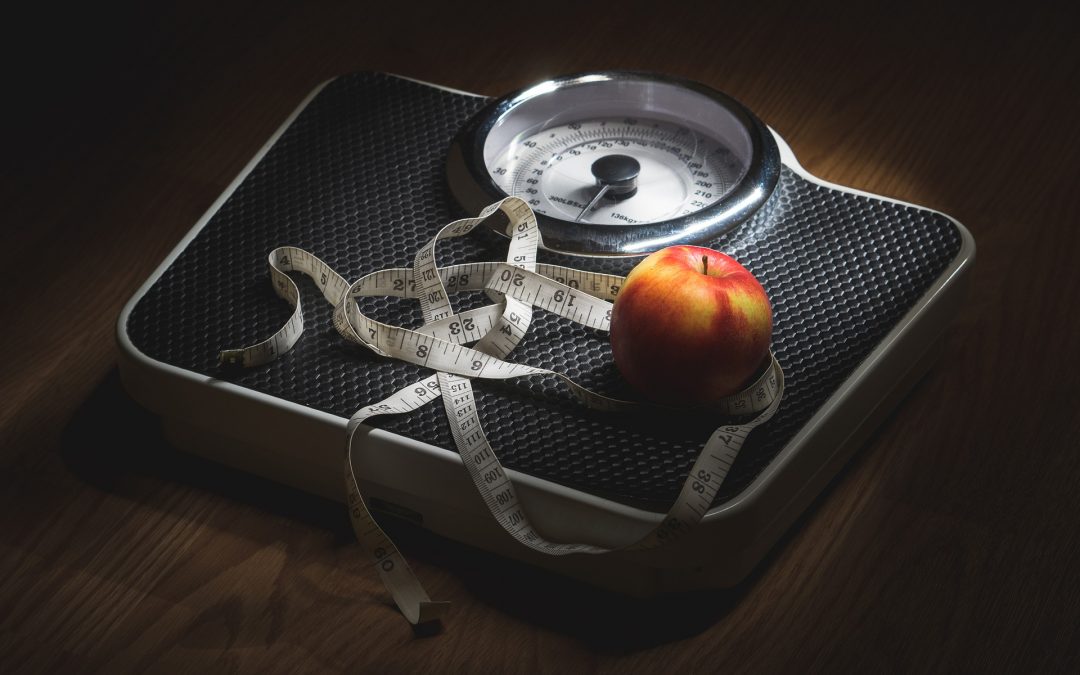Healthy Weight Loss
In September we invited “Cedarvale on the Road” to run a series of programs , the notes that follow are the main points from their second session (Losing weight without losing your mind).
Enjoy!
———————————
We have a culture of excessive eating today.
- 1 in 3 Australians are overweight.
- 1 in 4 people are overweight.
Why the problem?
- Sedentary lifestyle
-
- Labour saving devices
- Transport
- Urbanisation
- TV, computers
- Change in dietary habits and availability of fast foods
Possible causes of weight gain:
- Poor dietary and/or eating habits
- Lack of exercise
- Diabetes and other medical conditions
- Emotional issues
- Boredom
- Lack of self-control
- LOVE of food!
What is a healthy weight?
Some people ask the question of what is a healthy weight for them. BMI (Body Mass Index) is one way of measuring this.
-
- A person is considered to be a healthy weight if they fall within specific ranges for their height and age.
- BMI – weight (kg) / height (m2)
-
- e.g – 80kg/1.6m2 = 31
- BMI Ranges:
-
- Underweight BMI – less than 18
- Healthy weight BMI – between 18.5 and 24.9
- Overweight BMI – equal to or greater than 25and up to 29.9
- Obese BMI – equal to or greater than 30
Fat:
- The average human body has 30-40 billion fat cells. When calories are consumed and not used for immediate energy the body stores them as fat.
- Each kilogram of fat has up to 700 kms of blood vessels – meaning more strain on the heart.
Measuring Weight:
- Measuring weight on the scales is not always the best method.
- The abdominal then hip/thigh circumference measure is usually a better indicator of progress.
-
- ‘Carrying excess fat around the waist is more of a health risk than ifthe fat is on the thighs and hips. This increases the risk of heartdisease and stroke.’ National Heart Foundation
- Waist circumferences associated with greater risks are:
-
- Men: greater than 94cm
- Women: greater than 80cm
Distribution of body fat:
- Abdominal
-
- Increased risk of diseases such as heart disease, diabetes, gall stones and heart attack
- More common inmales
- Hips/Thigh
-
- Increased risk of diseases such as breast cancer and colon cancer
- Suggestive of an estrogen dominance therefore more common in women
Why a weight problem?
- Diet is heavily concentrated in high calorie dense foods
-
- 51% Refined & Processed Foods
- 42% Dairy & Animal Products
- 7% Fruit & Vegetables
Primary Causes of Excess:
- Fibre deficiency
- Result: over consumption of calories due to artificial concentration in diet
-
- Rich foods naturally excite our senses because it’s way of telling us they will provide highest amount of dietary pleasure with the least amount of effort.
- Removing fibre and water results in a hyper-concentration of sugar, fat, and salt = food becoming a low grade addiction
Achieving healthy weight loss:
- Weight loss will initially be at its greatest in the first 3-4 weeks of starting a weight loss regime. This is the time when the body begins to lose fluid, bowels start moving and the shock of doing something different kicks in.
- Successful weight loss is not short term as in going on a diet. It should be a LIFESTYLE change and then the weight will stay off forever! A loss of 0.5 – 1kg per week after this initial stage should be the aim until a healthy weight is achieved.
12 Weight Loss Tips:
- Address obvious issues and create an actionable plan
- Write down all the things that your weight inhibits your from doing
- Set goals – clothes tit into etc
- Drink more water – 2L per day = less hungry
- Be as active as possible
- Eat as much fresh food as possible (no crackly packets and processed foods)
- Start the day with a good breakfast
- Decrease the size of, or eliminate dinner
-
- Overnight fast – 18hrs
- Avoid being too full/hungry
- 5hrs between meals
- Eat on time
- Don’t graze
- Avoid snacking – if you must eat between, eat fruit
- Consume good fats (nuts, avocados, olives)
- Eat a wide variety of plant based foods to increase nutrition and decrease calories
- Find support – family, friends, network
